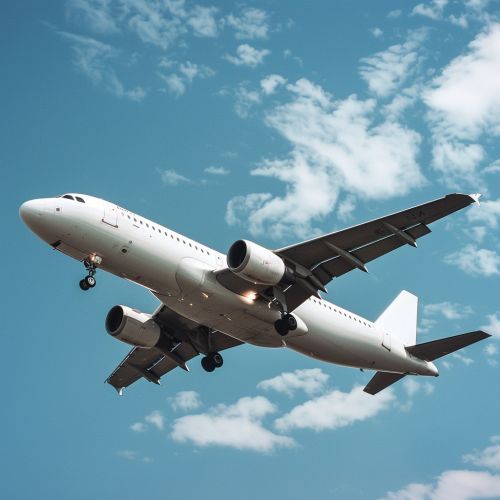Aeronautical engineering
Introduction
Aeronautical engineering, also known as aerospace engineering, is a specialized branch of engineering that focuses on the design, development, testing, and production of aircraft and related technologies. This field of engineering is divided into two major branches: aeronautical engineering, which is primarily concerned with the design and construction of aircraft, and astronautical engineering, which is focused on the design and development of spacecraft.
Aeronautical engineering encompasses a wide range of areas, including aerodynamics, avionics, propulsion, and materials science. It is a multidisciplinary field that combines elements of mechanical engineering, electrical engineering, computer science, and materials science. The field has evolved significantly since the first powered flight by the Wright Brothers in 1903, with advancements in technology leading to the development of faster, more efficient, and more sophisticated aircraft.
History
The history of aeronautical engineering can be traced back to the earliest attempts at flight. From the ancient Greeks and their myth of Icarus, to Leonardo da Vinci's detailed sketches of flying machines in the 15th century, the dream of human flight has been a constant throughout history. However, it was not until the late 18th and early 19th centuries that serious scientific thought was applied to the problem of flight.
The first practical step towards aeronautical engineering was taken by Sir George Cayley in the early 19th century. Cayley is often referred to as the "father of aeronautical engineering" due to his pioneering studies in aerodynamics and his development of the first successful glider. His work laid the foundation for the development of modern aeronautical engineering.
The field of aeronautical engineering truly took off in the 20th century with the advent of powered flight. The Wright Brothers' successful flight in 1903 marked the beginning of a new era in aviation. Their innovative use of a three-axis control system is still a fundamental principle in aeronautical design today.


Principles of Aeronautical Engineering
Aeronautical engineering is based on a number of fundamental principles. These principles, derived from various disciplines such as physics and mathematics, govern the design and operation of aircraft.
Aerodynamics
Aerodynamics is the study of how air flows around objects, particularly aircraft. It is a crucial aspect of aeronautical engineering, as it directly affects the performance, stability, and control of an aircraft. Aerodynamics involves the study of four primary forces: lift, weight, thrust, and drag.
Propulsion
Propulsion is the means by which an aircraft is moved through the air. This is typically achieved through the use of engines, which generate thrust. The study of propulsion involves understanding the principles of fluid dynamics and thermodynamics.
Avionics
Avionics refers to the electronic systems used on aircraft, including communication systems, navigation systems, and flight control systems. Avionics is a critical aspect of aeronautical engineering, as these systems are essential for the safe and efficient operation of an aircraft.
Materials Science
Materials science in aeronautical engineering involves the study of materials used in the construction of aircraft. This includes understanding the properties of materials, such as their strength, weight, and resistance to environmental conditions.
Modern Aeronautical Engineering
Modern aeronautical engineering is a highly sophisticated field that incorporates advanced technology and complex mathematical models. The development of computer-aided design (CAD) software has revolutionized the design process, allowing engineers to create detailed 3D models of aircraft and to simulate their performance under a variety of conditions.
In addition to the design and development of aircraft, aeronautical engineers are also involved in the testing and evaluation of aircraft. This includes wind tunnel testing, flight testing, and the analysis of flight data.
Aeronautical engineers also play a crucial role in the maintenance and repair of aircraft. They are responsible for ensuring that aircraft are safe and fit for flight, and for investigating aircraft accidents and incidents.
Future of Aeronautical Engineering
The future of aeronautical engineering is likely to be shaped by a number of key trends. These include the increasing use of unmanned aerial vehicles (UAVs), the development of more efficient and environmentally friendly aircraft, and the continued exploration of space.
Unmanned aerial vehicles, or drones, are becoming increasingly important in a variety of fields, from military applications to commercial use. The design and development of UAVs presents a number of unique challenges for aeronautical engineers, including issues related to control, autonomy, and safety.
The drive for more efficient and environmentally friendly aircraft is also a major focus for aeronautical engineers. This includes the development of more efficient engines, the use of lighter and stronger materials, and the exploration of alternative fuels.
The exploration of space continues to be a major focus for aeronautical engineers. This includes the design and development of spacecraft, as well as the challenges associated with long-duration space travel.
